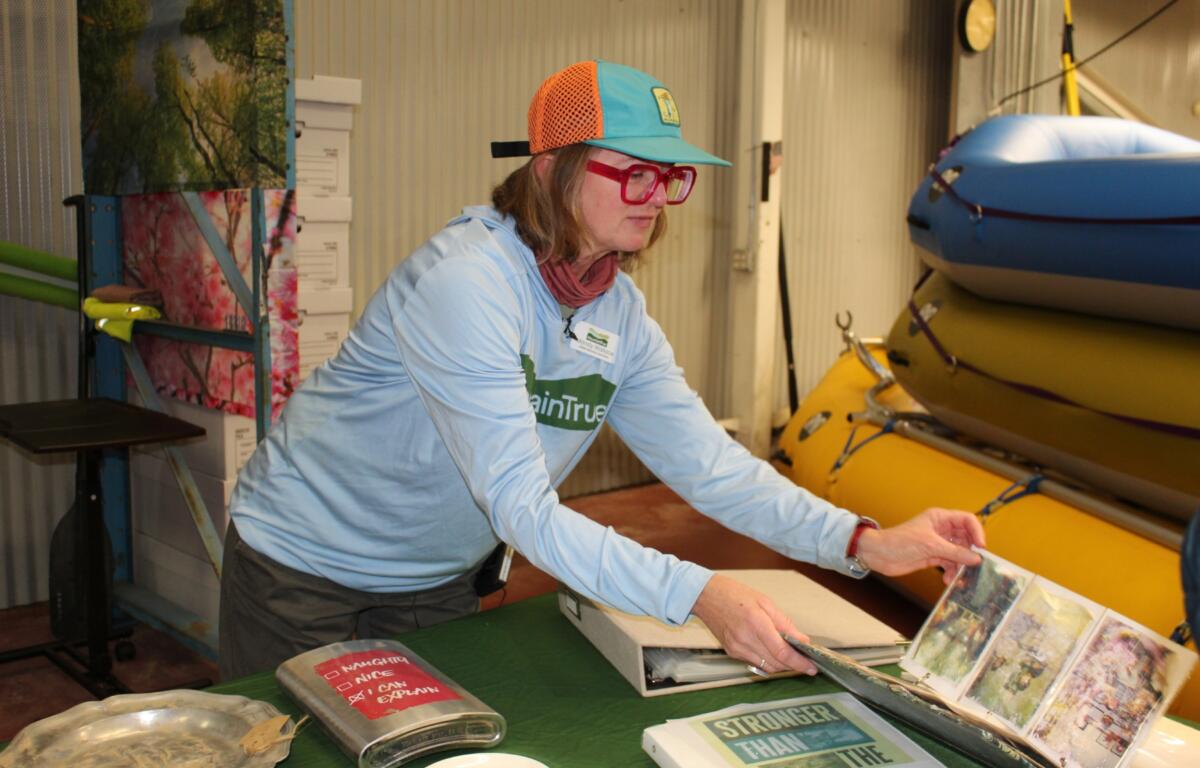WEAVERVILLE, N.C. (828newsNOW) — Beneath the muddy banks of the French Broad, Swannanoa and Catawba rivers, the aftermath of Tropical Storm Helene continues to surface — one doorknob, photograph and ceramic fox at a time.
At MountainTrue’s new “Mothership” hub in Weaverville, artifacts recovered from riverbeds are being cataloged, photographed, and, when possible, returned to the people who lost them. These aren’t just debris — they’re fragments of lives upended by the storm.
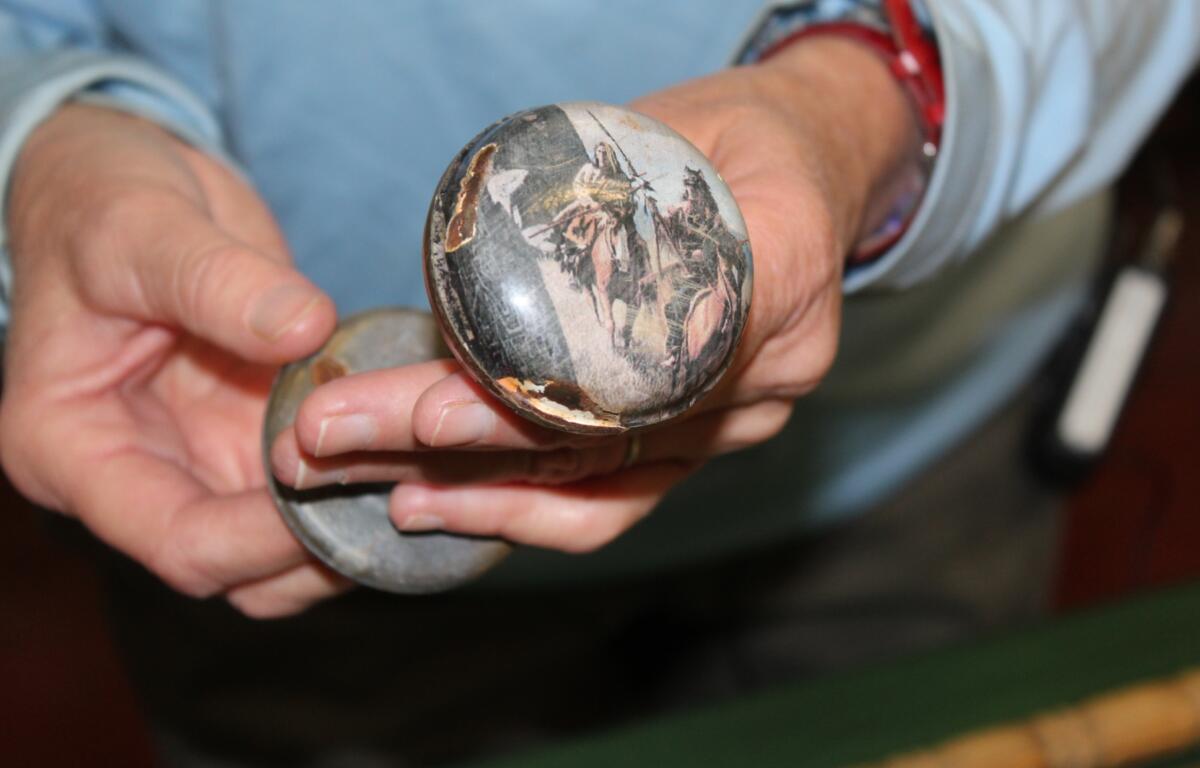
“This one came out of Bat Cave,” Mandy Wallace said, holding a doorknob that once clung to a front door before the flood tore it free.
“It’s amazing that the crews thought to save it because someone might recognize it as theirs — and that makes all the difference,” she said
Wallace serves as MountainTrue’s artifact recovery technician, a role born from the group’s massive post-Helene river cleanup effort — a program that has already removed more than 4 million pounds of debris from waterways across 25 Western North Carolina counties and the Qualla Boundary.
Many of those items tell quiet, poignant stories. A family photo album found in Marshall. A child’s stuffed animal recovered from the Swannanoa. A camera salvaged from the North Toe River, still holding images of the life it once documented.
Since March, Wallace has painstakingly tracked, tagged and mapped each find — noting latitude and longitude coordinates and posting photos to a Facebook page, MountainTrue: Found After the Flood. So far, she’s managed to reunite about 15 families with their lost belongings.
“When people get something back — even something small — it means the world to them,” Wallace said. “For someone who’s lost everything, finding one item that hung on their wall or sat on their shelf can feel like getting a piece of their home back.”
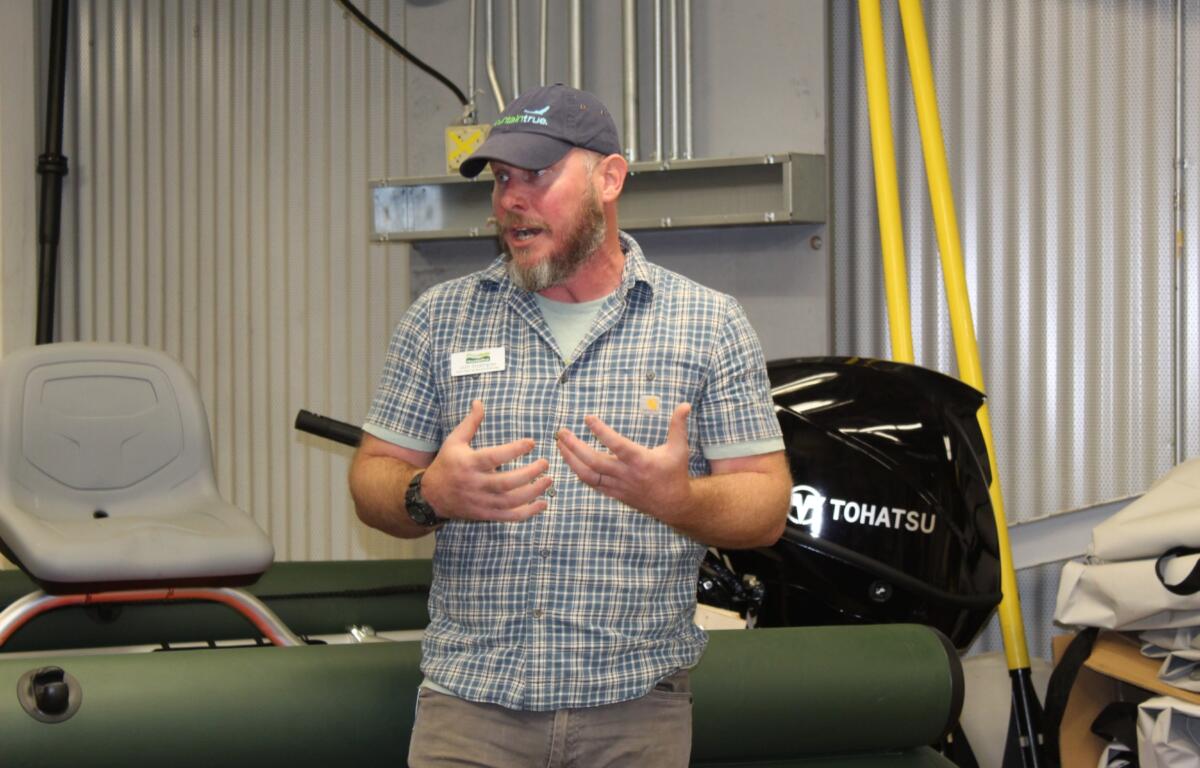
Expanding the cleanup — and the search
The artifact recovery effort is part of MountainTrue’s River Debris Cleanup Program, a historic initiative employing nearly 80 displaced workers to restore river systems damaged by the storm. The program began after the nonprofit received $10 million from the N.C. Department of Environmental Quality this summer and was expanded this week through a $750,000 grant from the Center for Disaster Philanthropy’s Truist Foundation Western North Carolina Recovery and Resiliency Fund.
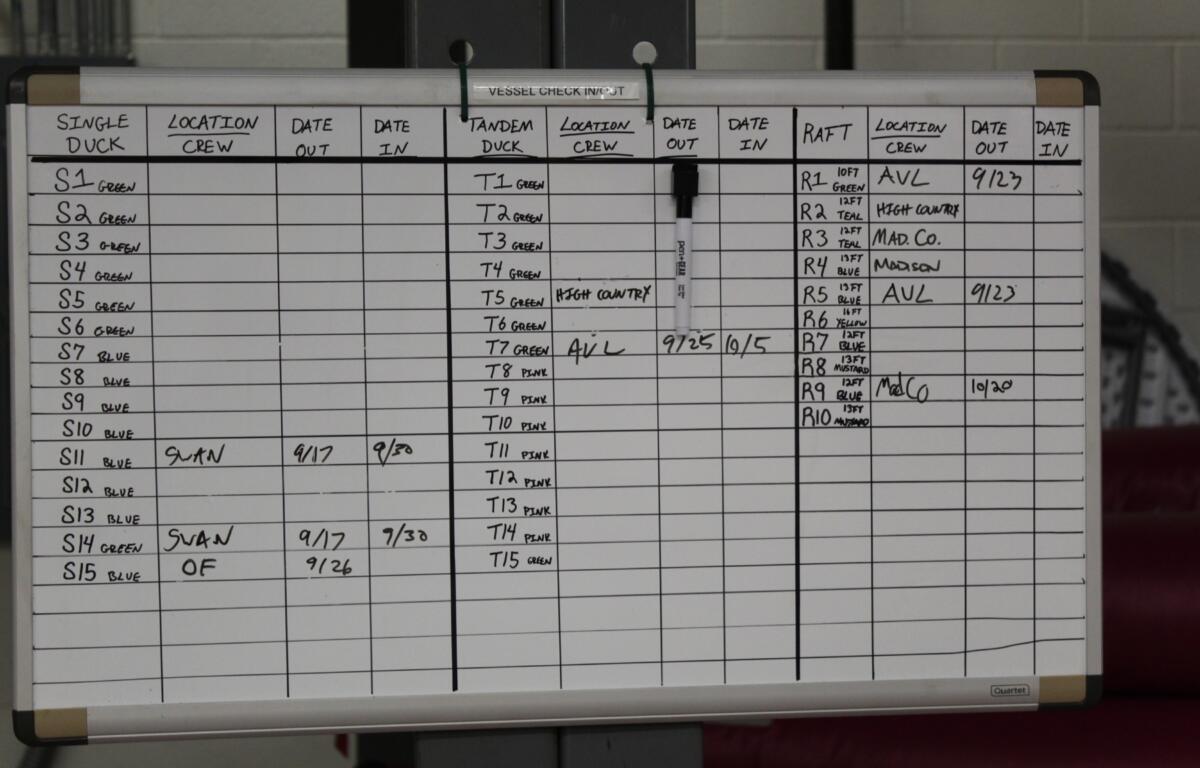
That new funding will help MountainTrue extend its work for another two years, adding technical crews trained to reach difficult stretches of whitewater and expanding the cleanup area into eastern Tennessee’s French Broad and Nolichucky watersheds.
“Rivers don’t stop at state lines,” MountainTrue River Cleanup Program Coordinator Jon Stamper said. “Every bag of trash we remove and every artifact we recover helps heal not just the environment, but the communities that depend on these rivers.”
At the Weaverville facility, rows of boats, rafts and gear fill the warehouse floor — the “mothership” of an operation that now spans from Western North Carolina to Tennessee. Crews remove about 10,000 pounds of debris a day, much of it by hand, focusing on household materials, plastics and flood-washed remnants that threaten stream health.
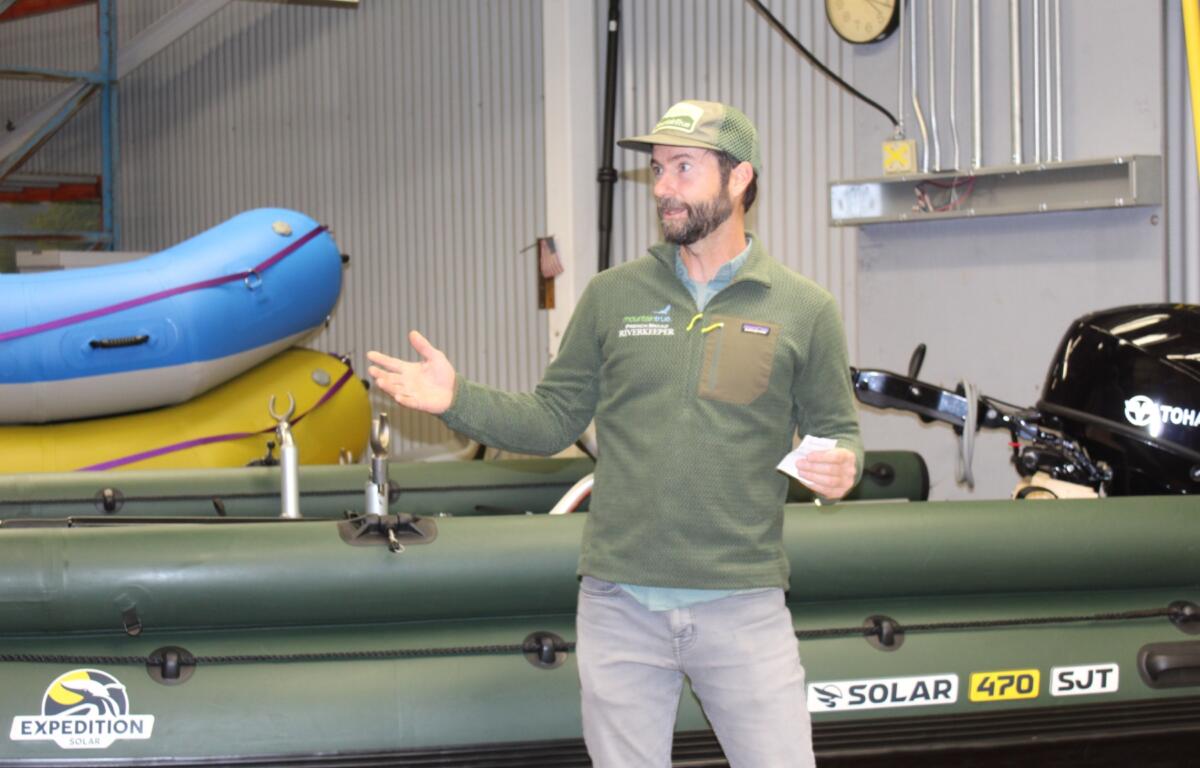
The people behind the cleanup
The work is grueling — often cold, wet and dangerous — but also deeply personal. Many crew members were left unemployed after Helene and now spend their days restoring the communities where they live.
“Yesterday, it was 40 degrees and raining, and our crews were still out there pulling trash from the river,” MountainTrue Clean Waters Director Hartwell Carson said. “They’re not just cleaning up — they’re helping us heal.”
For Wallace, the healing takes shape one object at a time. She hopes to soon host public “pop-up” displays of recovered artifacts in towns like Marshall and Old Fort, where residents can browse, identify and reclaim what the river carried away.
“I keep thinking about that ceramic fox,” she said, pointing to a small figurine displayed on a shelf. “It was the first thing we found — perfectly intact, half-buried in sand. To me, it’s a symbol of survival. If that can make it through, maybe we all can.”
Residents who wish to check for recovered items or grant river access to cleanup crews can visit cleanupwncrivers.com or the MountainTrue: Found After the Flood Facebook page.

